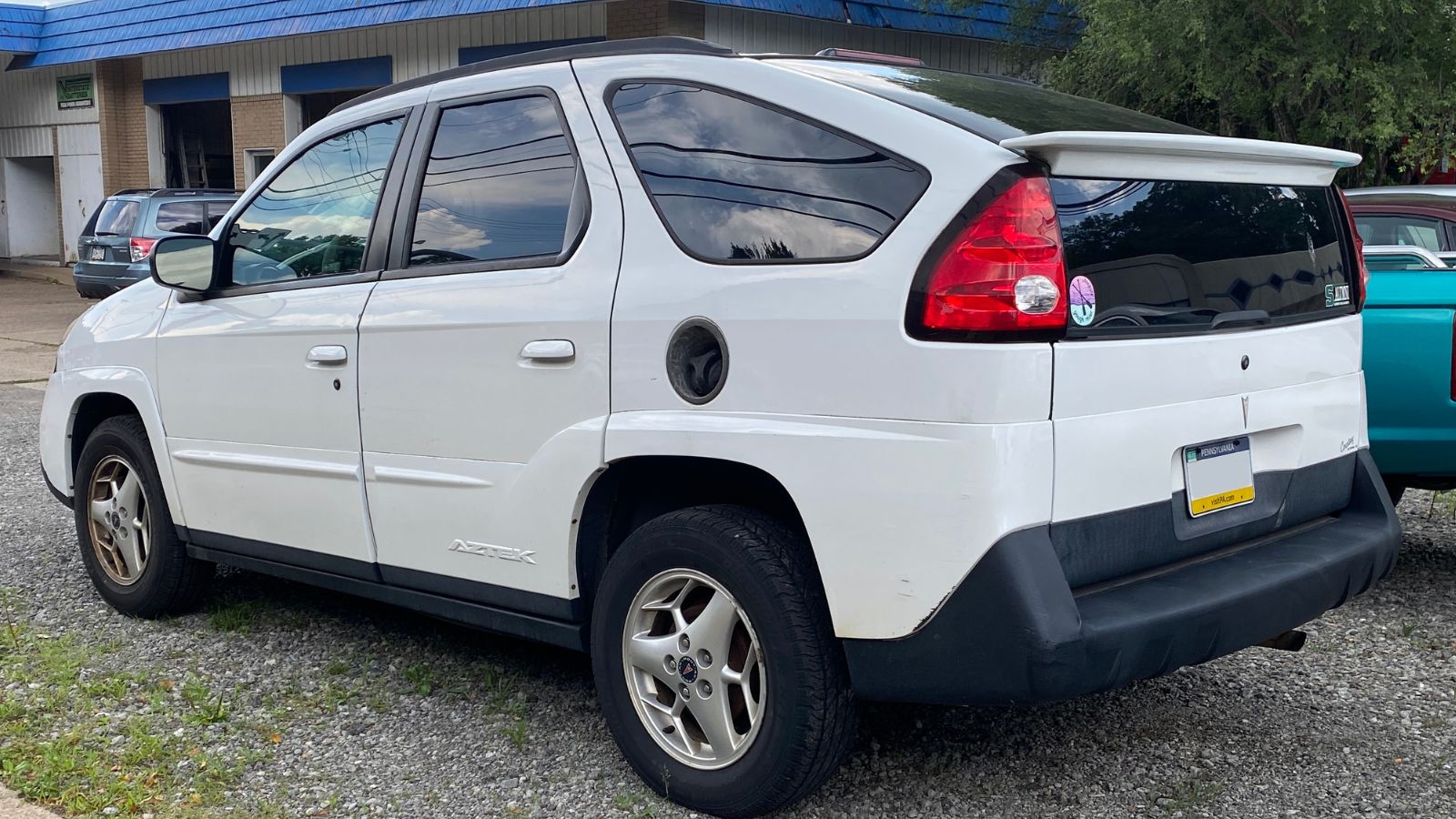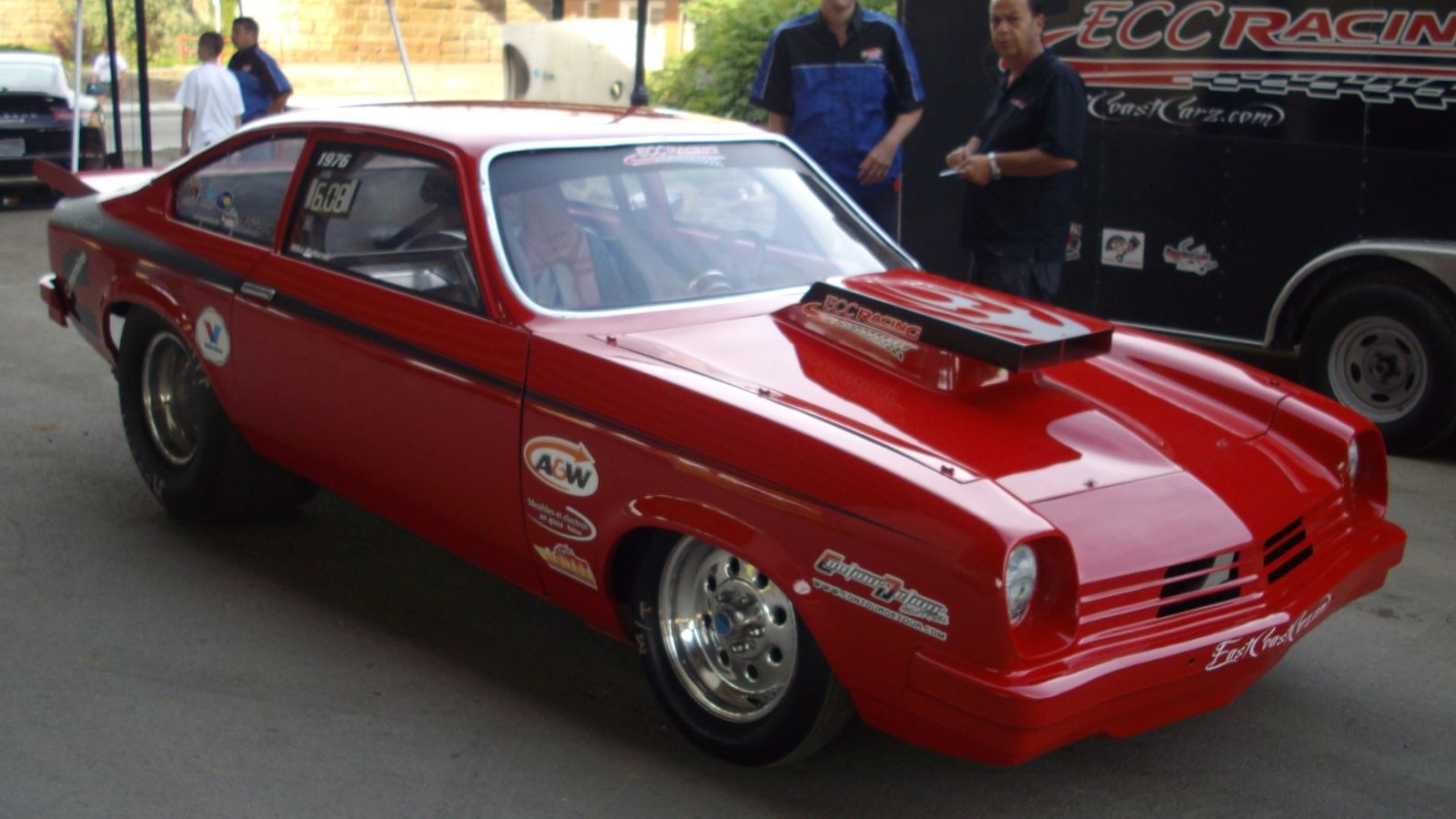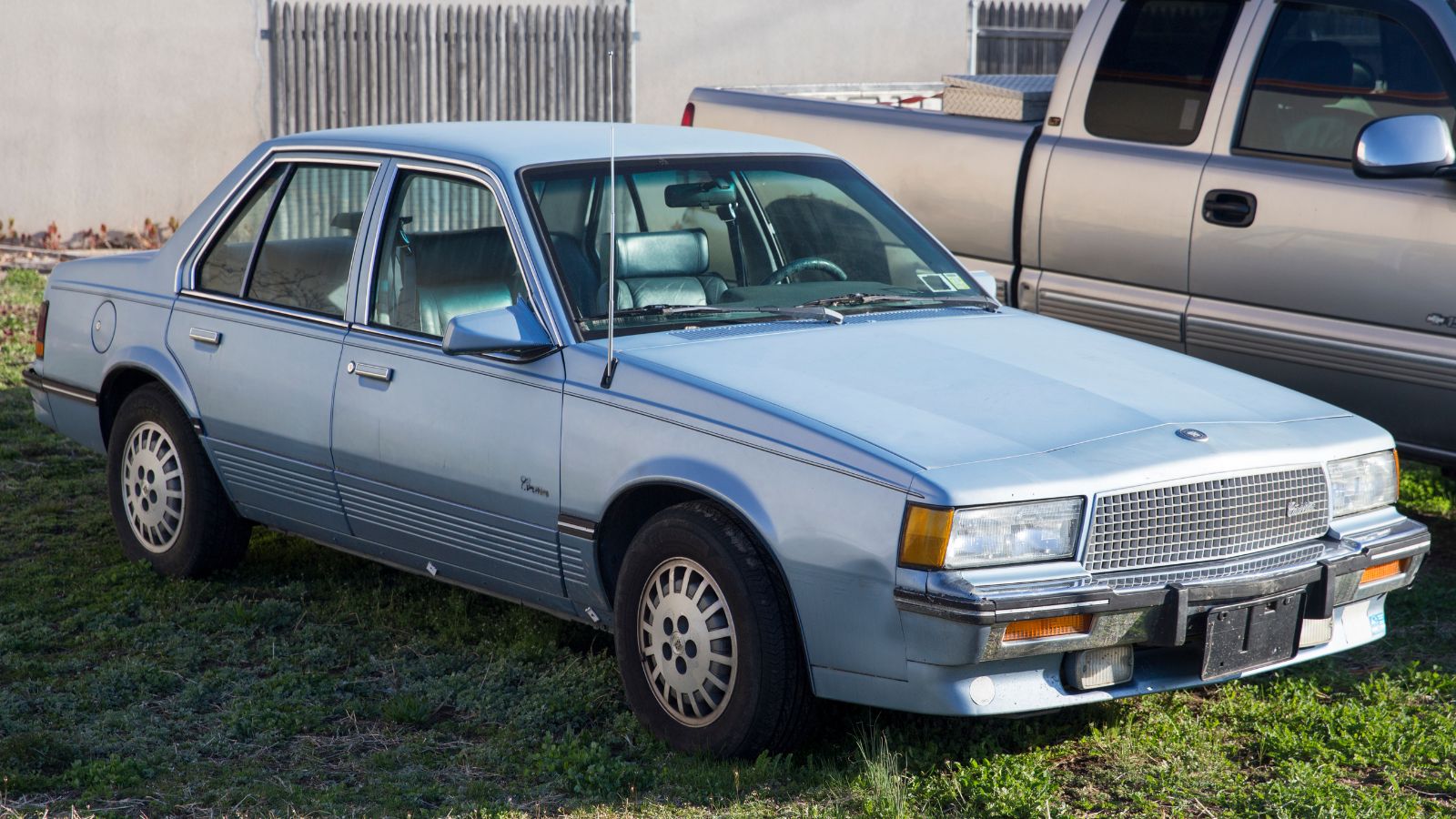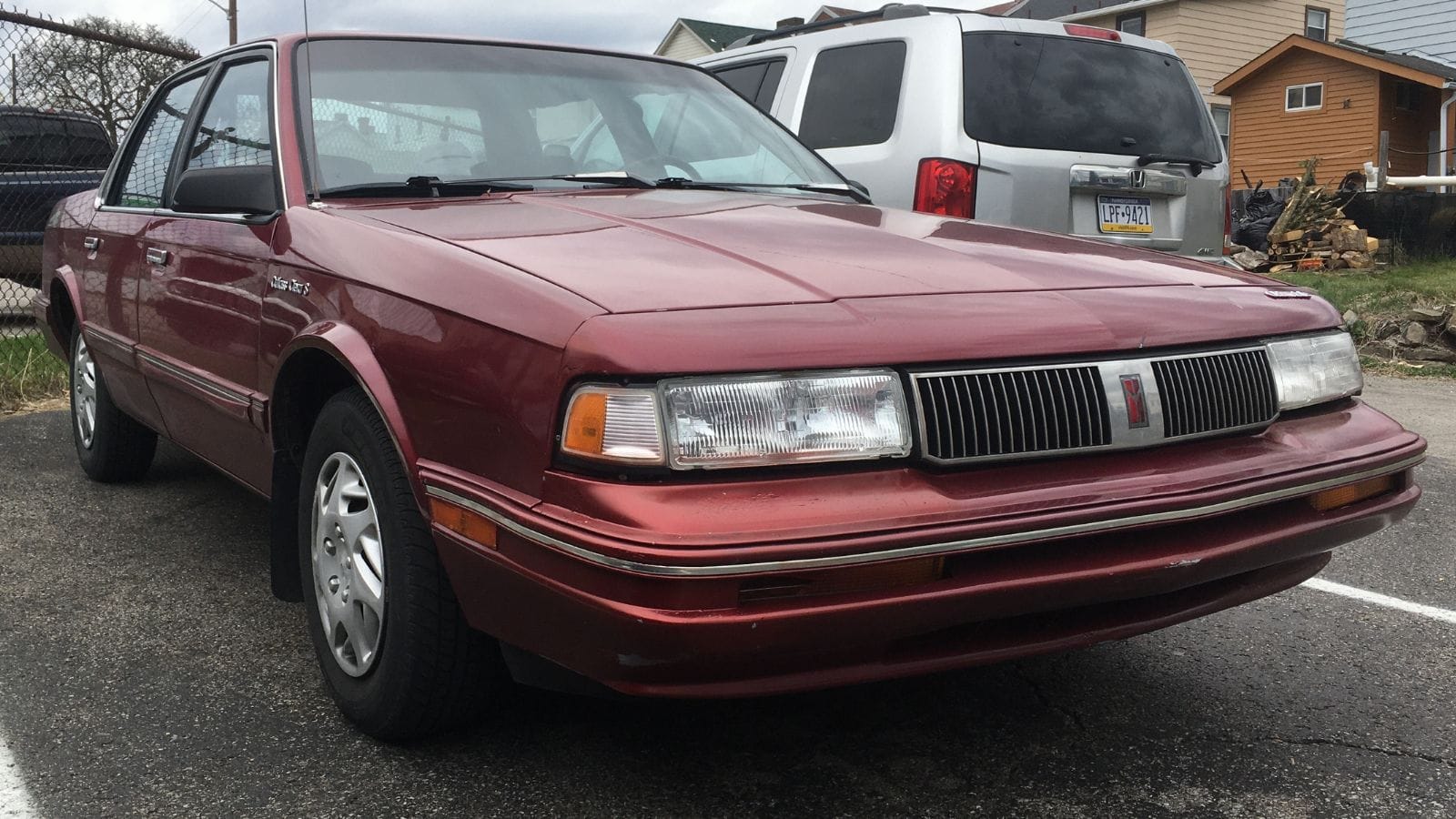General Motors has been a titan of the automotive industry for over a century, producing icons like the Chevrolet Corvette and Cadillac Eldorado. But for every success story, there’s a model that missed the mark so badly it became an industry cautionary tale. Whether plagued by poor design, mechanical nightmares, or baffling marketing decisions, these five GM cars earned their spot in the hall of shame, so let’s take a moment to celebrate the terrible.
Pontiac Aztek (2001 to 2005)

The Aztek was pitched as a bold crossover that could appeal to adventurous young buyers. It had features that were actually pretty clever — a camping package, a tailgate tent, and a built-in cooler in the center console. On paper, it was a Swiss Army knife of a vehicle. In reality, the styling was such an assault on the eyes that it became late-night TV joke material. The Aztek’s odd proportions, awkward nose, and clumsy lines made it look like three designers worked on it without ever speaking to each other. Despite some loyal fans today (helped by a starring role in Breaking Bad), the Aztek sold poorly, with just over 27,000 units in its best year. Most buyers simply walked away, proving that functionality cannot always save a design disaster.
Chevrolet Vega (1971 to 1977)

When the Vega debuted, it was hailed as GM’s answer to small, fuel-efficient imports. It had crisp styling and an advanced aluminum engine. Unfortunately, that engine was an unmitigated disaster, prone to overheating, cylinder wall wear, and head gasket failures. The Vega also had some of the worst rust issues in automotive history — some owners reported rust holes within the first two years. GM made multiple updates, but the damage was done, and the Vega became synonymous with unreliability. At its peak, over 450,000 units were sold in a year, but by the late 70s, its reputation had tanked so badly that clean survivors are rare today — not because they’re collectible, but because most dissolved into orange powder.
Cadillac Cimarron (1982 to 1988)

In the early 80s, GM panicked when European luxury compacts started stealing market share. The rushed solution was the Cadillac Cimarron, which was essentially a Chevrolet Cavalier with Cadillac badges, leather seats, and a higher price tag. Buyers expecting a miniaturized version of Cadillac luxury instead got a noisy, underpowered four-cylinder sedan with cheap switchgear and none of the ride comfort associated with the brand. Critics tore it apart, and sales never took off, with fewer than 20,000 units sold annually after its debut year. To this day, the Cimarron is often used as the textbook example of bad badge engineering and is widely considered one of the biggest brand-damaging moves in Cadillac’s history.
Oldsmobile Cutlass Ciera (1982 to 1996)

Image Credit: BlueCrabRedCrab, via Wikimedia Commons, Public Domain
While the Cutlass Ciera eventually became a reasonably reliable grocery-getter, the early models were as bland as automotive design gets. It was an A-body platform sedan with the charisma of a filing cabinet. Interiors featured acres of hard plastic, and performance was forgettable at best, with early models struggling to hit 60 mph in under 12 seconds. That didn’t stop GM from cranking them out — over 2.9 million were sold during its long run, mainly to fleets and older buyers who valued predictability over excitement. The problem was that this kind of blandness helped kill the Oldsmobile brand in the long run, as younger buyers went elsewhere for something with personality.
Saturn Ion (2003 to 2007)

By the early 2000s, Saturn was supposed to represent GM’s innovative, customer-focused future. The Ion was proof that promise was fading fast. While it had some unique touches like polymer body panels that resisted dents, the execution fell flat. The centrally mounted gauge cluster baffled drivers, the cheap interior plastics felt bargain basement, and the ride was noisy and unrefined. The Ion also suffered from poor crash test ratings early on, which did little to inspire confidence. GM sold around 100,000 Ions per year in its early run, but the model quickly faded into irrelevance. Today, they’re mostly remembered for being another missed opportunity in Saturn’s slow decline toward extinction.
25 Facts About Car Loans That Most Drivers Don’t Realize

Car loans are one of the most common ways people fund car purchases. Like any other kind of loan, car loans can have certain features that can be regarded as an advantage or a disadvantage to the borrower. Understanding all essential facts about car loans and how they work to ensure that you get the best deal for your financial situation is essential. Here are 25 shocking facts about car loans that most drivers don’t realize:
25 Facts About Car Loans That Most Drivers Don’t Realize
